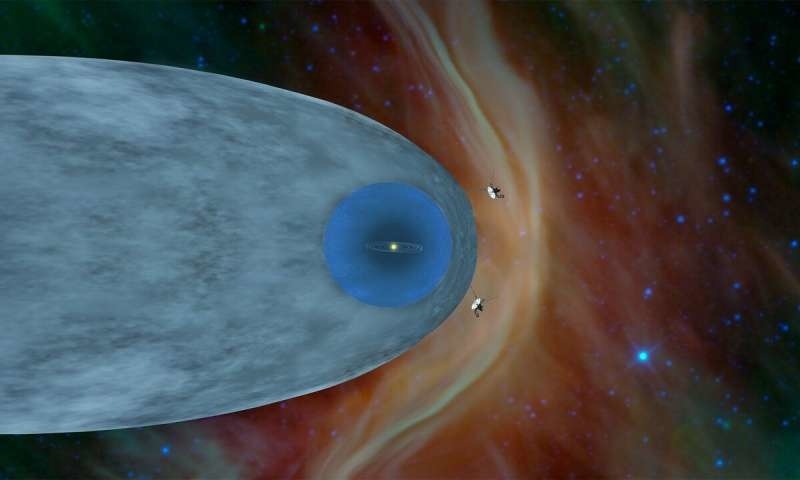Voyager 1 May Have Left, But It’s Staying In Touch

What’s the Latest Development?
Now that, by most accounts, Voyager 1 is officially traveling through interstellar space — “a truly alien environment,” says the University of Alabama’s Gary Zank — scientists are excited to see what kinds of data the craft will send back. For example, with Voyager having passed through the border of the heliosphere (the area of space affected by our sun), it should be able to provide “undiluted” information about galactic cosmic rays — which, from Earth’s vantage point, are strongly impacted by the solar wind — as well as how material flows around the solar system.
What’s the Big Idea?
Voyager 1 and 2 both launched in 1977 on missions to study the outer planets and their moons. Once those missions were completed in 1989, the craft kept going, sending back data along the way. Barring any complications, Voyager 1 should continue to communicate with Earth until 2025, when NASA will be forced to shut down its instruments. Until then, though, project manager Suzanne Dodd says, “This mission is not over. Many, many more discoveries are out there, yet to come.”
Photo Credit: Shutterstock.com





